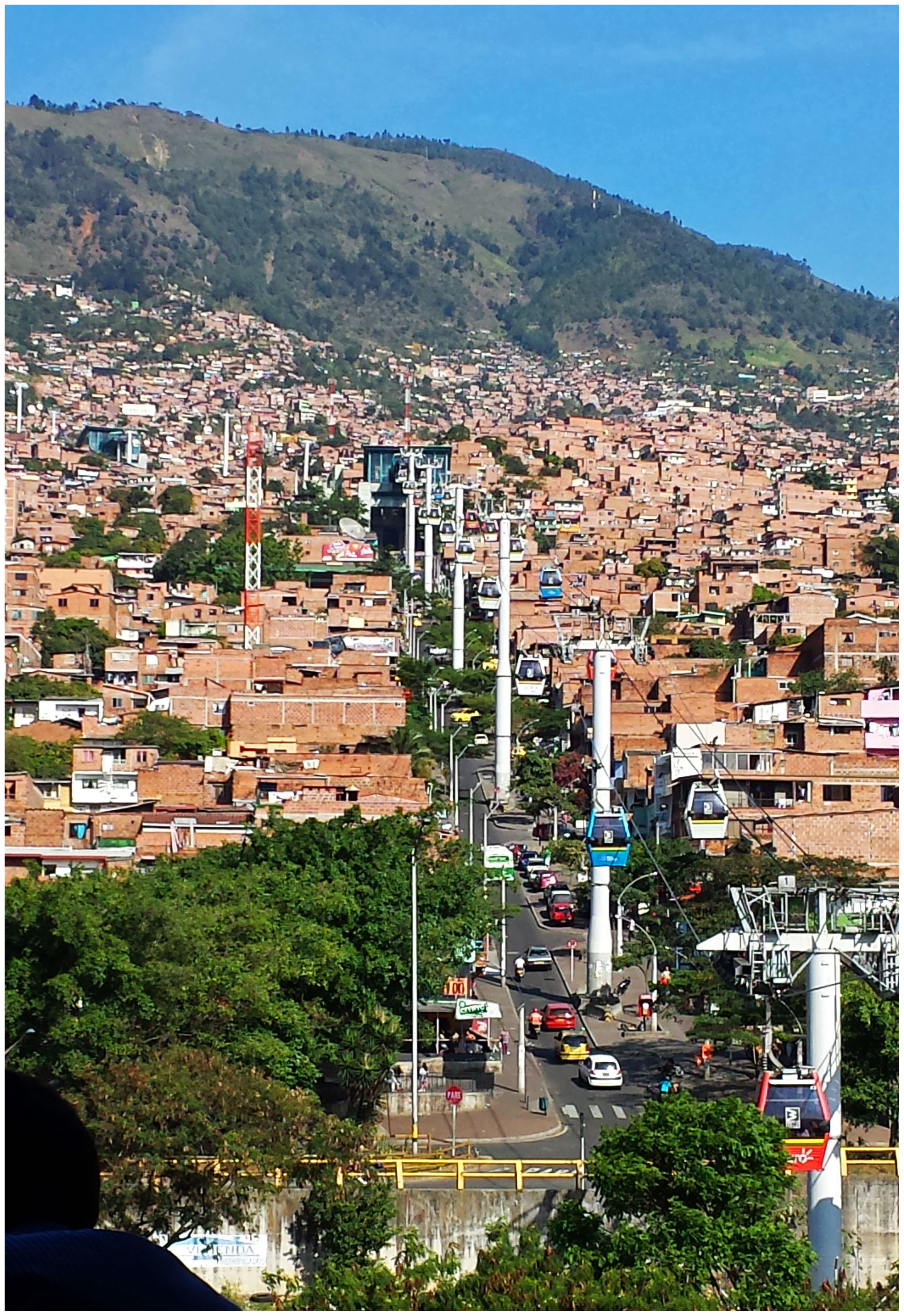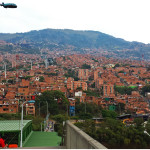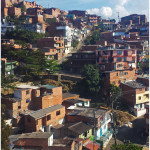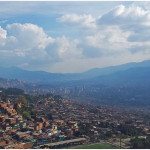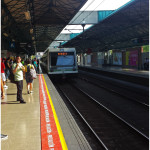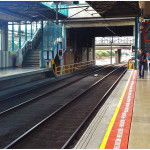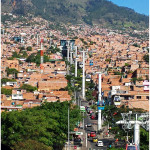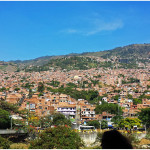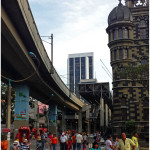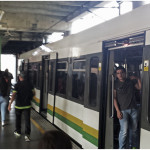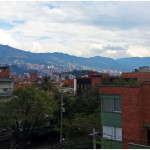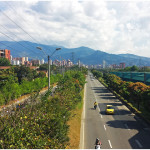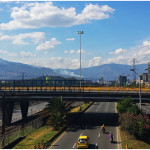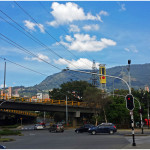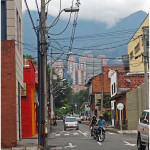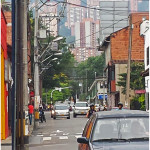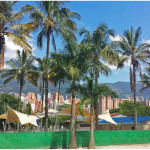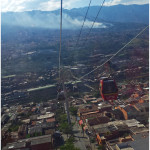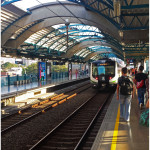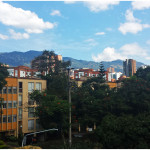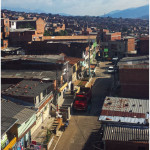It is not hard to understand why Medellín is being considered by many to be Colombia’s gem city.
From the moment I moved to Colombia, everyone I met talked about Medellín with a gleam in their eye. I half-expected to be disappointed once I finally arrived because of all the hype. Once I did arrive in the city, however, disappointment was not the reaction.
Sitting in a valley, surrounded by mountains on all sides, Medellín is an impressively modern city in the midst of a country still modernizing. Endowed with beautiful weather, clean environment and efficient work culture, it is a powerful part of the Colombian economy. For a city that a mere 20 years ago was among the most dangerous in the world, the transformation is remarkable and attests to the will of the people of Medellín.
Medellín’s transportation system consists of two grade-separated rail lines (elevated and ground-level), three metro cable lines, and two bus rapid transit lines. Maps of the metro system show a future extension of the smaller of the two rail lines.
While one of the metro cable lines is mostly for tourists, the other two have transformed commutes that used to take two hours through the winding streets of the city’s informal, working class neighborhoods into a short ride above the city that connects with the rail lines below. In addition to this, the city has a public bike share system.
While I was unable to see the extent to which the system was employed, the fact that they had it was very impressive. To go along with their bike share system, the city had a clear system of bike lanes on many of the streets. The city also has several grade-separated highways and large arterial roads, a problem in many Colombian cities.
In the first official episode of The UrbanCincy Podcast, we were joined by Natalia Gomez Rojas, a city planner from Bogotá, to discuss Colombia’s pursuit and implementation of bus rapid transit. The discussion also touched on a number of societal issues facing Colombia’s cities as they continue to develop and evolve in a post-drug cartel era. You can subscribe to The UrbanCincy Podcast on iTunes for free.
